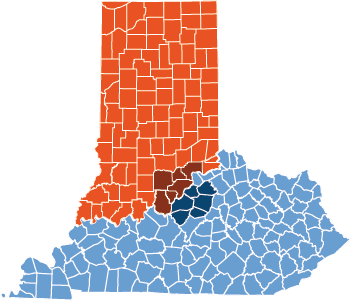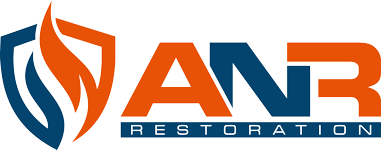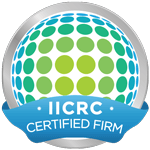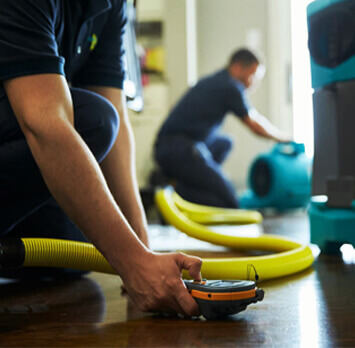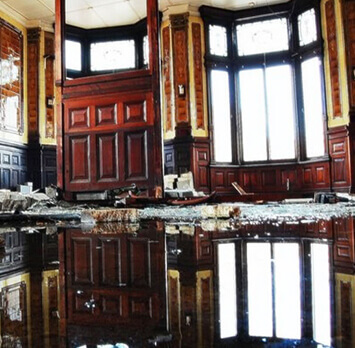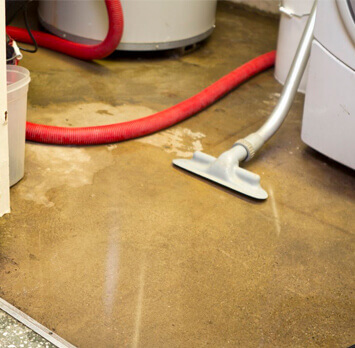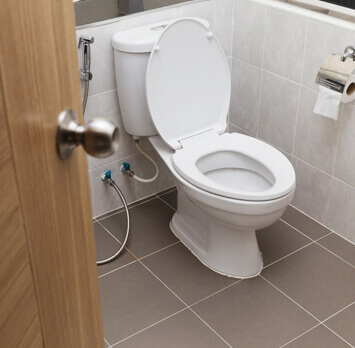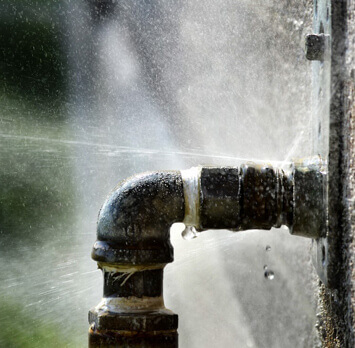Louisville Water Damage Restoration Services
Water damage is a pressing matter that can result in irreversible harm to your property and jeopardize your well-being. If you find yourself requiring water damage remediation services, do not hesitate to reach out to us. We are a reliable and experienced restoration company that specializes in promptly mitigating the aftermath of water damage. We employ state-of-the-art equipment and methodologies to eliminate water, desiccate affected zones, and refurbish any structural damage. Our skilled technicians will also ensure that your premises do not have any mold growth and other pernicious contaminants, granting you peace of mind. With our swift response time and unwavering dedication to excellence, you can trust us to restore your property to its former state prior to the loss. Do not let water damage seize control of your life; contact us now for fast water damage restoration services.
No matter the amount of damage, we're prepared to help. Call us at any time, day or night. At ANR Restoration, we offer 24/7 emergency service because disaster doesn't care about convenience.
What makes us unique?
-
24/7 Availability
-
Fast and Effective Service
-
Licensed, Bonded, and Insured
-
Certified by the IICRC
Water Damage Services
Frequently Asked Questions
Water mitigation is the process of removing any water and any wet materials in order to fully dry the home. Once the source of the water is contained, our technicians can extract any pooling water from the wet areas and use moisture measuring and detection equipment to discover the amount of moisture in the wall cavities and the air. We then formulate a drying plan to determine the best methods of restoration for your home and place a variety of drying equipment, including air movers and commercial-grade dehumidifiers, to completely dry the materials and environment. The entire drying process typically takes about three to five days to complete. All of the drying is documented in our metadata logs.
Many factors come into play to determine the final cost of your mitigation. Upon our initial inspection, if requested, we can estimate the cost of the water mitigation on the available information and measurements taken at that time. The final cost cannot be determined until the dry-out process is fully complete, as sometimes more materials may need to be removed, or we may run into fungal growth.
Water damage insurance claims depend on a few different criteria. Ultimately, that's a question you'll have to clarify with your insurance company. However, we can tell you that the viability of water damage insurance claims depends primarily on what caused the damage (storm, burst pipe, plumbing malfunction, localized flood, sump pump failure, etc.). Some insurance policies will outline scenarios that will NOT be covered without specific riders, like flood insurance or sump pump failure insurance.
Contacting ANR Restoration and your insurance adjuster at the same time is a good idea because we will help ensure that the water extraction and dry out and the rebuild process that should follow. If the full scope of the claim isn't outlined and agreed upon from the start, there may be issues down the line, and property owners may have to pay out of pocket to get the property completely back to normal.
That depends on the types of materials that were affected by water. Drywall, carpet, and hardwood floors will take longer to dry than other materials in the space. We use moisture meters throughout the process and in many different locations to gauge the moisture levels and will continue to adjust our fans and dehumidifiers to achieve an efficient but effective dry time. The bare minimum of "three days to dry" may only produce a surface dry but can still leave behind moisture levels that create an ideal environment for mold to grow.
The short answer is yes if the residence is safe. The safety of our customers and employees is our number one priority. Each case is different depending on the severity of the damage and is evaluated on its own problems. We help you to remain in your residence when feasible. However, if deemed hazardous, we can suggest to your insurance company to provide you with a temporary relocation. The drying equipment can be loud and usually must run for several days continuously during the drying period to achieve our drying goals. This is your personal decision. We do need to access the home each day of the drying process to monitor the equipment until the home is dry. We can set up a lock box if you will not be living in the home during this time.
Most homeowners start trying to remove the water themselves before they realize they'll need to contact their insurance company about a claim so they can call in a water damage restoration company like ANR Restoration. However, standing water around anything with a power cord or outlet or sagging ceilings makes the area unsafe. Also, many insurance claims require documentation of the loss BEFORE any work is done, including removing the water. Always take plenty of photos of the damage you see before taking any action to start cleaning up the mess. A Nicer Reflection Restoration, Inc. will also be able to back up your insurance claim scope with the necessary technical documentation.
If the water damage involves Category 1 water (clean and free of microbes and bacteria), many of your personal belongings can be salvaged. Category 2 water would include other water sources, including rainwater, that, while not containing biohazards or sewage, still pose health risks and the potential for destructive microbial growth and mold. A water damage restoration technician from ANR Restoration will help you sort through the property's contents to determine what can be safely dried, what can be restored by a textile/contents technician, and what can't be saved or salvaged. There are off-site facilities in the area that specialize in restoring water-damaged contents. Your restoration team will document all of the contents leaving the property for restoration or disposal for your records and also for reimbursement from your insurance company.
Identifying the source of the water damage is one of the first steps in both the insurance claim process and before beginning to dry out and repair the damaged areas. After all, if you replace a sagging, wet ceiling caused by a roof leak but don't fix the roof, the next rainstorm will start the cycle all over again. The buckling to your hardwood floor could be caused by a leaking pipe. We will pinpoint your water damage's exact cause and ensure the source is repaired. We make sure your restoration job is done right the first time.
Leaving sink cabinet doors ajar allows warm air to circulate around the pipes to help keep them from freezing. Wrapping pipes near exterior walls will also help protect them from freezing.
Infrared heat lamps or space heaters can gently thaw frozen pipes if you notice frost accumulation. Be careful not to heat the pipes too aggressively, though, as that may cause them to burst as well. Remember never to leave a heat source unattended to avoid fires.
Pipes running along exterior walls, especially below ground level, are prone to freezing and bursting during cold weather.
Temperatures 20 degrees Fahrenheit or less, sustained for three days or more, are likely to cause frozen pipes. If the weather is also windy, any temperature below 32 degrees Fahrenheit can also create a frozen pipe situation.
Inexpensive styrofoam spigot covers go a long way to prevent the adjacent plumbing from freezing, as well as draining any water from those faucets after shutting off their water supply inside the building. Most homeowners forget this important step, only to have their basements or crawl spaces flood in the spring when they turn their outdoor faucets on for the first time after winter.
Whatever your crisis, we can handle it.
Call us today to get the assistance you need.
Call Now (812) 246-8791Proudly Serving Northern Kentucky and Southern Indiana
